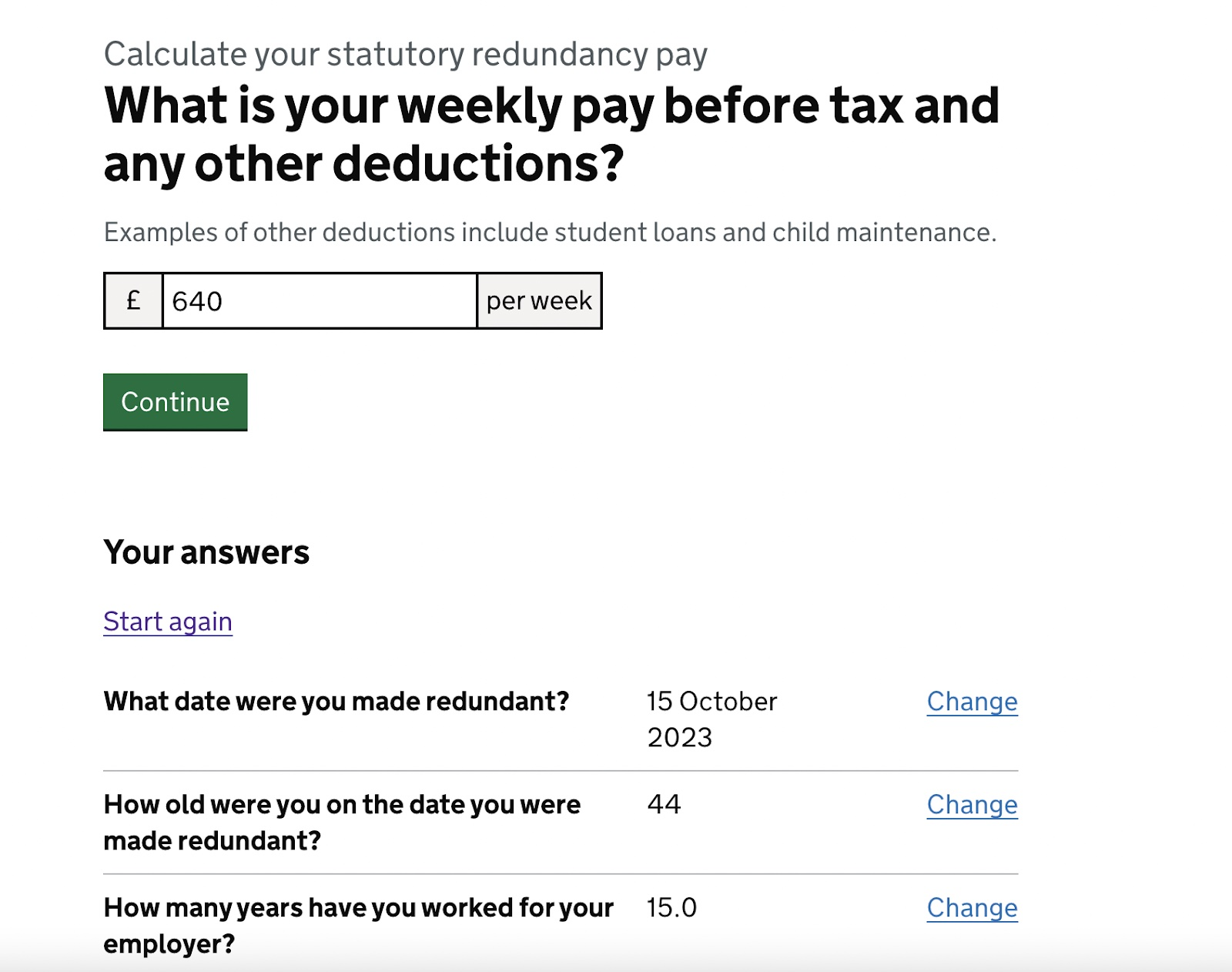Discussed: If a Company Goes Bust Who Pays Redundancy in the UK?
Discussed: If a Company Goes Bust Who Pays Redundancy in the UK?
Blog Article
Checking Out the Interplay In Between Company Redundancy and Business Adaptability for Future Development
In the vibrant landscape of today's company globe, the intricate partnership in between company redundancy and organizational versatility emerges as an essential aspect for sustained growth and success. Companies commonly encounter the challenge of striking a fragile equilibrium between keeping a degree of redundancy to reduce dangers and cultivating flexibility to respond quickly to the ever-evolving market needs.
Relevance of Firm Redundancy
Firm redundancy is an essential aspect that boosts business durability and reduces operational dangers. By integrating redundancy procedures within the organizational framework, companies can much better withstand unexpected interruptions and variations in the business setting. Redundancy works as a critical barrier, allowing firms to adjust and respond efficiently to unexpected obstacles without endangering crucial procedures.
One secret element of the value of firm redundancy is its function in guaranteeing continuity throughout times of situation. When confronted with abrupt adjustments or emergencies, redundant systems, sources, or workers can step in to keep vital functions and avoid prevalent interruptions. This continuity not just safeguards the business's reputation and consumer depend on but also reduces financial losses and functional downtime.

Strategies for Organizational Flexibility

An additional crucial technique is purchasing modern technology and framework that can sustain flexibility and scalability. Executing digital tools, automation, and data analytics can enhance procedures, enhance effectiveness, and give beneficial understandings for notified decision-making. Additionally, producing versatile business structures that enable quick modifications to market dynamics and customer needs is important for staying competitive in a rapidly evolving environment. By proactively identifying potential disturbances and possibilities, companies can proactively flourish and adjust in an ever-changing organization landscape.
Harmonizing Redundancy and Versatility
Accomplishing an unified balance between functional redundancy and organizational flexibility is extremely important in navigating the complexities of a vibrant service environment. Redundancy within a firm gives a safeguard, ensuring connection and stability in operations. Nevertheless, an excess of redundancy can lead to inefficiencies and hinder flexibility to changing market problems. On the other hand, organizational adaptability enables companies to respond without delay to outside disruptions and take new opportunities. Striking the ideal balance between redundancy and flexibility is a delicate procedure that calls for a deep understanding of the organization's objectives, industry dynamics, and threat tolerance.
To attain this equilibrium, firms require to perform normal assessments of their operations to recognize areas our website where redundancy is necessary for risk reduction and where flexibility can drive innovation and development. Implementing adaptable frameworks, cultivating a culture of continuous learning and improvement, and encouraging open interaction throughout all levels of the organization are key techniques to harmonize redundancy and adaptability efficiently. By straightening these 2 essential components, business can position themselves for lasting development and success in an ever-changing service landscape.
Study on Adjustment Success
In examining circumstances of successful organizational adjustment, it ends up being apparent that the interplay in between operational redundancy and adaptability is a specifying aspect in shaping resilient organizations. One engaging situation study is that of Netflix. Initially a DVD rental solution, Netflix demonstrated remarkable adaptability by transitioning right into a streaming platform when digitalization interfered with the market. By tactically investing in technology and content production, Netflix not only endured however thrived in a quickly evolving market. An additional standout example is Amazon. Beginning as an on the internet bookstore, Amazon constantly adapted its service model, increasing right into varied industries such as cloud computing and expert system. This versatility permitted Amazon to remain in advance of competitors and satisfy changing consumer needs. Lastly, Adobe supplies a noteworthy picture of effective adaptation. The firm moved from marketing software application licenses to a subscription-based version, guaranteeing persisting revenue streams and improved consumer involvement. These study emphasize the significance of functional redundancy paired with organizational versatility in promoting lasting development and competition.
Building Durability for Future Development
Structure strength for future development calls for a calculated alignment of functional processes with market characteristics and this hyperlink arising fads. Business need to adapt to altering environments by fostering a society of versatility, advancement, and constant improvement. Resilience includes not only bouncing back from setbacks yet likewise proactively getting ready for future challenges. One key facet of building resilience is buying robust risk monitoring approaches to alleviate prospective disturbances. This consists of scenario preparation, branching out supply chains, and developing backup strategies for various backups (who pays redundancy money).
In addition, promoting solid relationships with stakeholders, such as consumers, employees, vendors, and the community, is crucial for weathering unpredictabilities and keeping trust and support throughout turbulent times. Efficient interaction and transparency play an important duty in building durability, as they aid align assumptions and facilitate collaboration in navigating unpredictabilities.
Furthermore, organizations need to focus on learning and development campaigns to upskill staff members and equip them with the needed devices to adjust to transforming circumstances. By buying their workforce, business can enhance their versatility and dexterity, inevitably reinforcing their resilience for sustainable future growth.
Final Thought

In the vibrant landscape of today's business world, the intricate connection in between company redundancy and business adaptability emerges as a critical element for continual growth and success. Business usually face the difficulty of striking a fragile equilibrium in between preserving a degree of redundancy to mitigate risks and promoting adaptability to react swiftly to the ever-evolving market needs.To achieve this equilibrium, firms need to conduct routine evaluations of their procedures to identify areas where redundancy is required for danger reduction and where versatility can drive innovation and growth.In conclusion, the interplay between business redundancy and business flexibility is essential for future growth. Building durability with a mix of redundancy and flexibility will certainly make certain that firms are prepared for the obstacles of the future.
Report this page